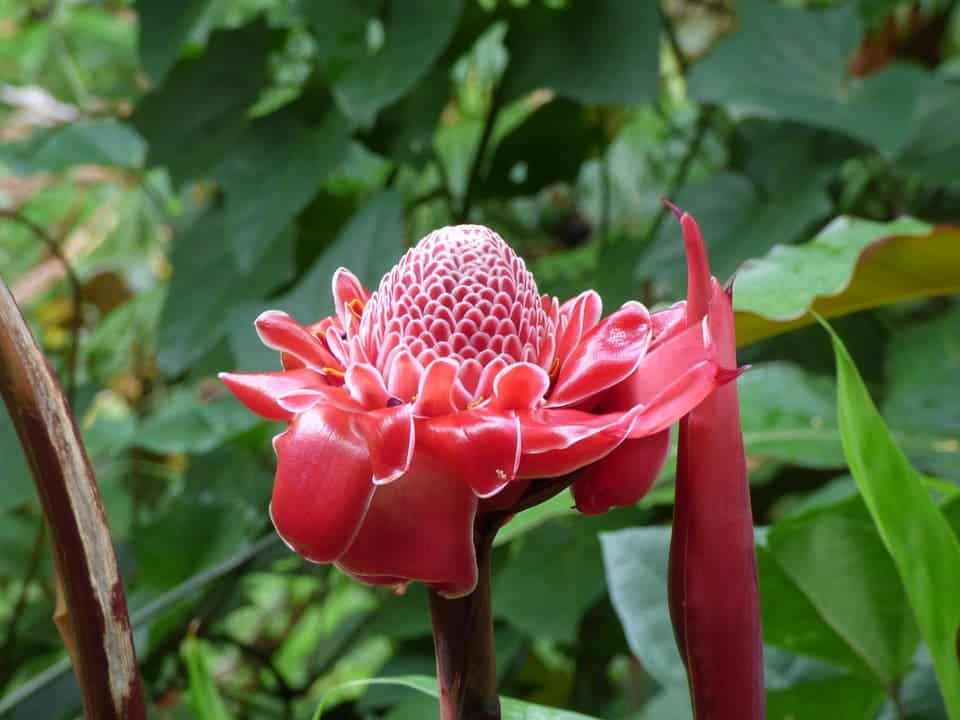Invasive species – such as pigs, goats, rats and slugs – are destroying Hawaii’s flora fast, a new IUCN report states.

The International Union for Conservation of Nature (IUCN), the world’s the governing body on species conservation, has issued an ample press release reassessing the status of thousands of plants and animals, including an overview of the situation in Hawaii. The beautiful volcanic islands seem to be plagued by invasive species destroying the local species.
Invasive species
Invasive species threaten biodiversity by causing disease, acting as predators, parasites, or competitors, altering habitat, or by hybridizing with local species.
Technically speaking, an invasive species is a plant, fungus, or animal species that is not native to a specific location (an introduced species). When you think of invasive species, you’d perhaps think of something exotic, but most invasive species are actually quite common. In fact, they’re invasive and common for the same reason – they’re highly adaptable and can thrive in different environments.
Because Hawaii is a group of volcanic islands, life here evolved differently from other places and many species are endemic, unique to Hawaii. There, (much like in the case of Australia and New Zealand), invasive species have been brought by humans, and they’re mostly domestic.
There are 1093 known endemic Hawaiian plant species, and IUCN assessed 415, so almost half of them. They found that 87% of them are threatened with extinction and four species have already gone extinct in the wild. Invasive species are the main threat to all these species.
“Hawaiʻi is an example of nature at its best with spectacular examples of evolution, yet it is facing an uncertain future due to the impact of invasive species – showing how unwittingly, human actions can make nature turn against itself,” says Matt Keir, a member of the IUCN SSC Hawaiian Plant Specialist Group. “What we see happening in Hawaiʻi is foretelling what will happen in other island or contained ecological systems. Hawaiʻi and other nations must take urgent action to stop the spread of invasive species and to protect species with small population sizes.”
Furthermore, another 105 species have been classed as extremely rare, which means there are less than 50 mature individuals in the wild. Another 38 species have less than five mature individuals surviving in the wild.


